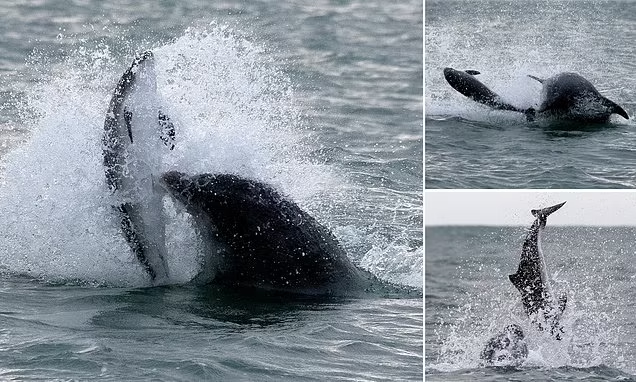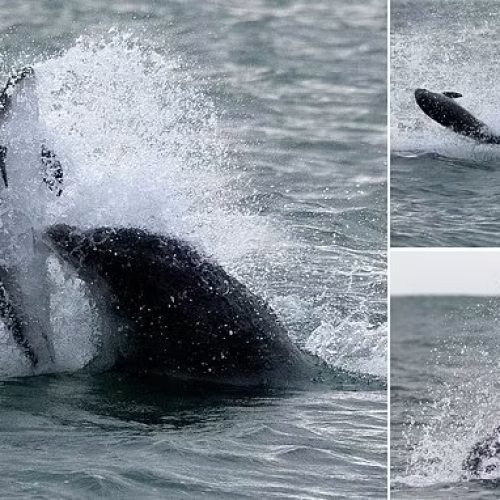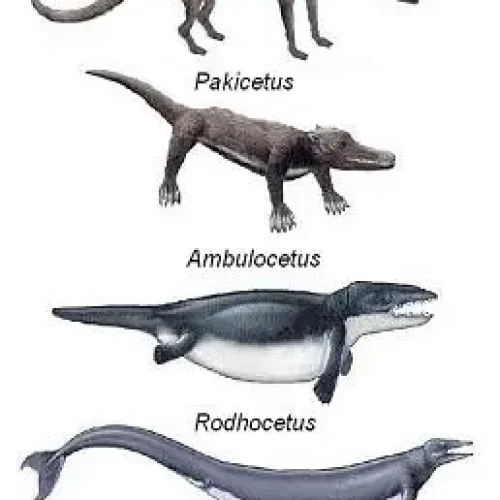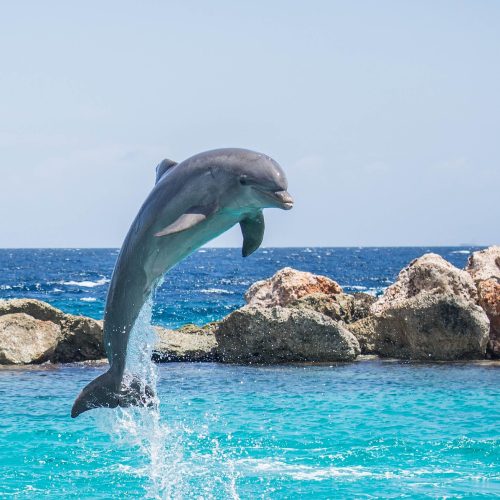In this article
GHOST OF THE YANGTZE: THE ENIGMA OF THE BAIJI DOLPHIN
The Yangtze River, China’s mightiest waterway, once teemed with a unique cetacean that captured the imagination of locals and scientists alike.
The baiji, often called the “Goddess of the Yangtze,” swam these waters for millions of years. But today, its fate hangs in a precarious balance, leaving us to wonder: Is the baiji still alive?
The Baiji’s Story: From Abundance To Extinction
For centuries, the baiji held a revered place in Chinese culture. These graceful, pale grey dolphins with their distinctively long, narrow beaks were believed to be the reincarnation of a princess who refused an arranged marriage.
Fishermen considered them harbingers of good fortune, often leaving offerings to ensure safe voyages and bountiful catches.
The baiji’s fortunes changed dramatically with China’s rapid industrialization. The Yangtze became a highway for massive cargo ships, its banks lined with factories and sprawling cities.
Overfishing depleted the baiji’s food sources, while pollution poisoned their habitat. Entanglement in fishing gear and collisions with boats became all too common.
In 2006, after an extensive six-week survey failed to spot a single baiji, scientists declared the species “functionally extinct.”
This shocking announcement sent ripples through the conservation world. Had human activity truly wiped out an entire dolphin species in modern times?
Last Confirmed Sightings: Tracing The Baiji’s Final Years
The last comprehensive study before the 2006 declaration painted a grim picture.
Researchers estimated fewer than 100 baiji remained in the wild, with some suggesting the number could be as low as 13. The population was fragmented, isolated, and struggling to reproduce.
Qiqi, a female baiji rescued after a fishing accident in 1980, became the face of conservation efforts.
She lived for 22 years at the Institute of Hydrobiology in Wuhan, providing invaluable data on baiji biology and behaviour. Qiqi’s death in 2002 marked the end of an era and highlighted the urgency of protecting the wild population.
Just when all seemed lost, a reported sighting in 2007 reignited a flicker of hope. A local man claimed to have spotted and videotaped a baiji near Tongling city.
While the footage was inconclusive, it spurred renewed interest in the search for surviving individuals.
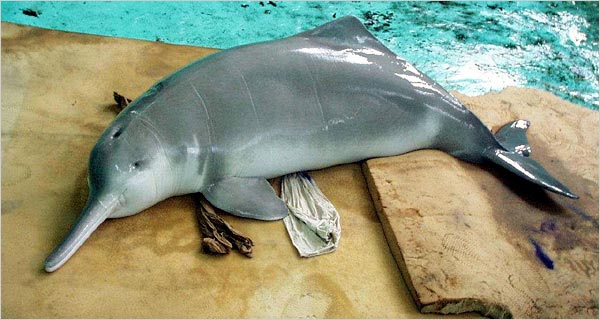
The baiji’s story serves as a stark reminder of our impact on fragile ecosystems. While officially considered extinct, some scientists remain cautiously optimistic that a few individuals may have evaded detection in the vast Yangtze.
Comprehensive surveys utilizing advanced technologies like environmental DNA sampling and underwater acoustic monitoring could potentially reveal surprising results.
Conservation efforts now focus on preserving the Yangtze’s remaining biodiversity and restoring habitats.
The creation of protected areas and stricter regulations on fishing and river traffic offer hope for other endangered species.
Perhaps, in safeguarding the Yangtze, we might yet create an environment where the baiji could one day return – if any have managed to survive against all odds.
SEARCHING FOR SURVIVORS: MODERN EFFORTS TO FIND THE BAIJI
The quest to locate the elusive baiji, or Yangtze River dolphin, continues to captivate researchers and conservationists worldwide.
Despite being declared functionally extinct in 2006, sporadic reports and a glimmer of hope have spurred ongoing search efforts in China’s Yangtze River.
In November 2006, an international team of scientists embarked on an ambitious six-week expedition along the Yangtze.
Equipped with state-of-the-art acoustic and visual monitoring devices, they traversed nearly 3500 kilometers of the river. Despite their meticulous efforts, not a single baiji was spotted, leading to the grim declaration of functional extinction.
Recent advancements in environmental DNA (eDNA) analysis have opened new avenues for detecting the baiji’s presence.
Researchers collect water samples from various points along the Yangtze, searching for minute traces of baiji DNA.
While this method offers promise, results have been inconclusive thus far, highlighting the challenges of detecting an extremely rare species in a vast ecosystem.
Passive acoustic monitoring systems have been deployed at strategic locations in the Yangtze.
These underwater “listening posts” continuously record ambient sounds, hoping to capture the distinctive clicks and whistles of the baiji. However, the river’s cacophony of boat traffic and industrial noise complicates this auditory search.
In the age of smartphones, several videos purporting to show baiji have surfaced online. A team of marine mammal experts meticulously analyzes each submission, scrutinizing factors like dorsal fin shape, swimming patterns, and overall morphology.
While most footage is quickly debunked, a few tantalizing clips have sparked debate within the scientific community.
Local testimonies: Fishermen’s accounts and their credibility
Yangtze fishermen, with their intimate knowledge of the river, occasionally report baiji sightings.
These accounts are carefully documented and cross-referenced. While some scientists are skeptical, others argue that local ecological knowledge shouldn’t be dismissed.
Establishing a standardized reporting system has improved the quality of these testimonies.
The challenge of misidentification: Finless porpoises vs. baiji
The Yangtze finless porpoise, a critically endangered species that shares the baiji’s habitat, often complicates identification efforts.
From a distance or in poor visibility, these smaller cetaceans can be mistaken for juvenile baiji.
This has led to false alarms and highlights the need for rigorous verification protocols in any potential baiji sighting.
The search for the baiji remains an uphill battle. With each passing year, the likelihood of finding a surviving population diminishes.
However, the effort itself yields valuable data on the Yangtze ecosystem and informs conservation strategies for other endangered river species.
The baiji’s legacy serves as a stark reminder of the fragility of our aquatic environments and the urgent need for sustainable river management practices.
LESSONS FROM LOSS: THE BAIJI’S IMPACT ON CONSERVATION
The baiji’s disappearance from the Yangtze River serves as a stark reminder of the fragility of our ecosystems and the far-reaching consequences of human activity.
This tragic loss has sparked crucial conversations about conservation and prompted a re-evaluation of our approach to protecting endangered species.
Ecosystem Consequences: Life Without The Baiji
The absence of the baiji has set in motion a complex chain reaction within the Yangtze’s aquatic ecosystem.
As apex predators, these dolphins played a pivotal role in regulating fish populations. Their disappearance has likely led to:
• Increased numbers of certain fish species, potentially outcompeting others
• Shifts in the distribution and abundance of smaller prey animals
• Alterations in nutrient cycling and energy flow throughout the food web
These changes ripple through the entire ecosystem, affecting organisms from microscopic plankton to larger predators, and even impacting the river’s plant life.
The baiji functioned as a living barometer for the health of the Yangtze. Its extinction signals severe degradation of the river ecosystem, pointing to:
• Dangerously high levels of pollution and chemical contaminants
• Unsustainable fishing practices depleting food sources
• Habitat destruction from dams, shipping, and riverbank development
The dolphin’s disappearance serves as a warning bell, highlighting the urgent need for comprehensive environmental protection measures to prevent further biodiversity loss in the Yangtze and beyond.
Beyond its ecological significance, the baiji held a revered place in Chinese culture for thousands of years. Its loss represents a severance of an ancient connection between humans and nature.
The cultural impact includes:
• Fading of traditional stories and folklore centred around the “Goddess of the Yangtze”
• Loss of inspiration for art, literature, and local customs
• Diminishing awareness of river conservation among younger generations
This cultural impoverishment underscores the deep, often overlooked connections between biodiversity and human heritage.
Conservation Efforts: Preventing Future Extinctions
Yangtze finless porpoise: applying lessons to save another species
The baiji’s fate has galvanized efforts to protect its cousin, the critically endangered Yangtze finless porpoise. Conservationists are implementing strategies learned from the baiji’s decline, including:
• Establishment of in-situ protected areas and ex-situ breeding programs
• Stricter enforcement of fishing regulations and pollution controls
• Intensive monitoring using advanced technologies like acoustic surveys and environmental DNA sampling
Early results show promise, with some local populations of finless porpoises stabilizing. However, continued vigilance and expanding these efforts are crucial for long-term success.
The baiji’s story emphasizes the critical importance of habitat preservation and restoration. Ongoing initiatives to improve the Yangtze’s ecosystem include:
• Reforestation projects along riverbanks to reduce erosion and filter pollutants
• Creation of artificial oxbow lakes and wetlands to provide refuge for aquatic species
• Implementation of stricter regulations on industrial discharge and agricultural runoff
• Development of eco-friendly alternatives to harmful fishing practices
These efforts aim to create a healthier, more resilient river ecosystem capable of supporting a diverse array of species.
Public awareness: the baiji as a symbol for conservation
The baiji’s apparent extinction has become a powerful symbol in raising public awareness about biodiversity loss. Its story is being used to:
• Educate the public about the interconnectedness of ecosystems and the consequences of environmental degradation
• Inspire grassroots conservation movements and citizen science initiatives
• Pressure policymakers to prioritize environmental protection and sustainable development
By putting a face to the abstract concept of extinction, the baiji’s story has the power to motivate action and foster a deeper connection to nature conservation.
The legacy of the baiji serves as both a cautionary tale and a call to action. While its loss represents a profound failure in conservation, it has also catalyzed important changes in how we approach ecosystem protection.
The lessons learned from the baiji’s decline are now being applied not just in the Yangtze, but in threatened habitats worldwide, offering hope for the preservation of Earth’s remarkable biodiversity.

